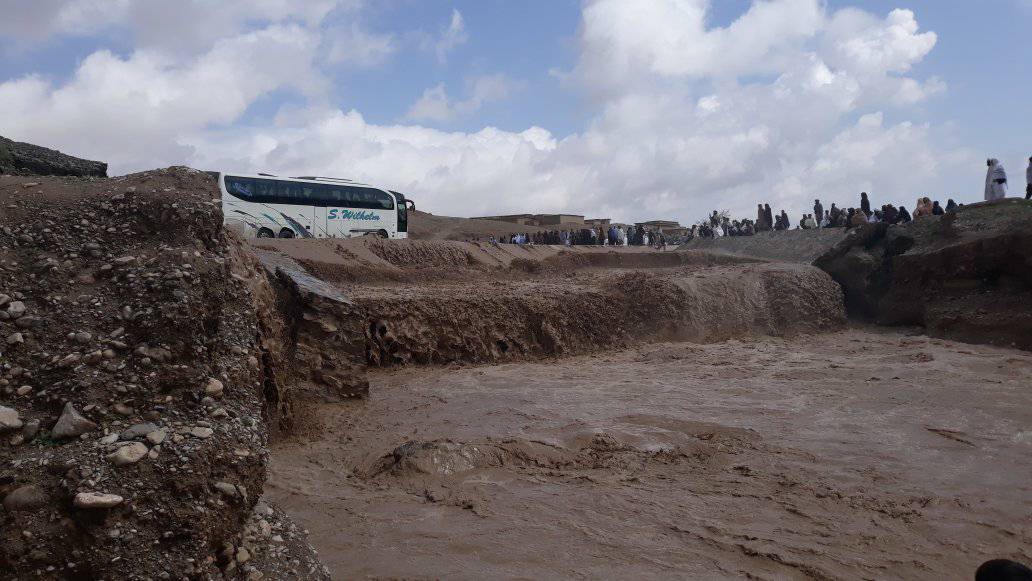KABUL, Afghanistan – Weeks of relentless downpours, flooding, unpredictable weather, and shockingly severe hailstorms have pushed Afghanistan into a deepening humanitarian crisis. While the Taliban-led State Ministry for Natural Disaster Management reports at least 50 confirmed deaths and 36 injuries since April 10th, the accurate scale of the disaster is likely greater, as communities have struggled with the impacts of the extreme weather events for an extended period.
Devastation Across Provinces
Widespread destruction of homes, farms, and infrastructure has been reported across the country. The Ministry reports that 606 houses have been destroyed, and over 1955 hectares of vital agricultural land have been wiped out. At least 200 livestock have perished, compounding the economic devastation. Provinces like Kandahar, Farah, Zabul, and Herat are among the most brutal hit, with reports of damage also extending to Badghis, Uruzgan, Takhar, and regions in the north and east.
Farmers Face Ruin
The agricultural sector has been particularly devastated. In Helmand and Uruzgan, farmers describe shocking hailstorms that have completely destroyed their wheat crops. “We’ve never seen hail like this. The Sistani Desert was completely white like it was covered in snow. Our wheat is completely lost,” lamented a farmer from Helmand. In Badghis province, orchards and crops have been washed away by floodwaters.
Government Issues Flood Warning
The Meteorological Department of the Ministry of Transport and Aviation of the Taliban Government has issued a flood warning for many river basins from April 15th to 17th. Residents near rivers have been urged to remain vigilant, prepare to evacuate if necessary, and avoid travel to reduce potential casualties.
Climate Change Exacerbates Hardship
Afghanistan stands as a stark example of the hardships climate change can inflict. The country frequently experiences floods and droughts, with little infrastructure to mitigate the disasters. The recent severe weather, including unusually large hail, is a worrying sign. Climate scientists warn that such extreme weather events are likely to become more frequent, jeopardizing the nation’s future even further.
Urgent Need for Aid
The ongoing crisis, compounded by the potential for further snowfall and heavy rains, underscores the urgent need for international aid. Communities are facing displacement, food insecurity, and immediate threats to their livelihoods. The global community must step forward to support Afghanistan during this desperate time.
Notice: The situation remains fluid. Death tolls, injury counts, and damage assessments are likely to change as new information emerges.
https://www.facebook.com/reel/1681247309341759





